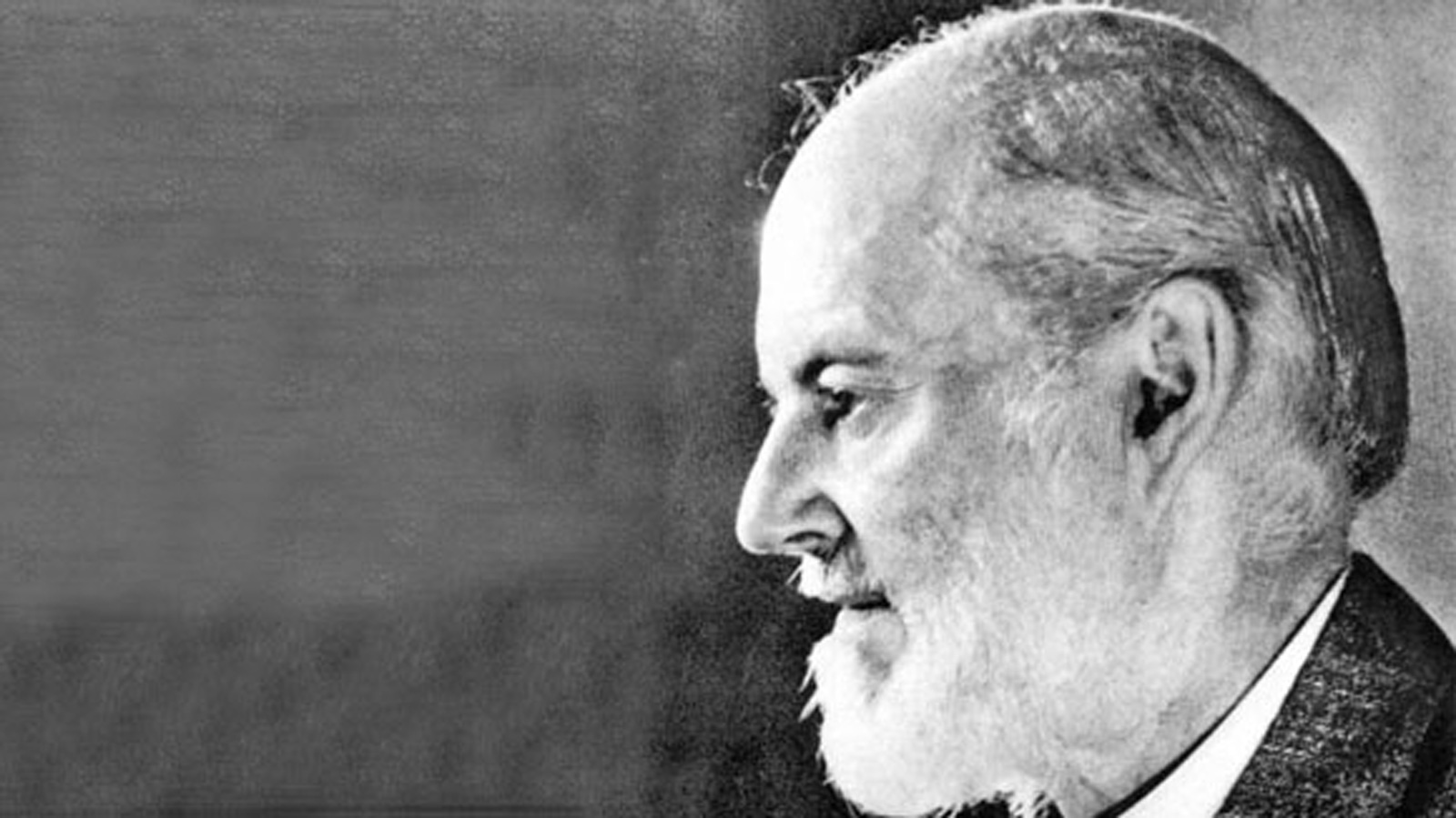Sir Frederick Henry Royce
March 27, 1863 - April 22, 1933
In contrast with his future business partner Charles Rolls, Sir Frederick Henry Royce (March 27, 1863 – April 22, 1933) had a more modest upbringing.
He developed a great fascination with all things engineering and mechanical, demonstrating this with his manufacture of domestic electric fittings with his partner Ernest Claremont and their F H Royce and Company.
“Strive for perfection in everything you do. Take the best that exists and make it better. When it does not exist, design it.”
Automobile engineering
Royce’s interest in automobile engineering began when he first bought a second-hand French Decauville in 1901. Over the next 3 years he developed his own car in his workshop largely as a result of him being unimpressed with the engineering of the Decauville. He built two further cars, called Royces and sold one to Henry Edmunds (known as the Godfather of Rolls-Royce), a car dealer who introduced Royce to his friend Charles Rolls. The rest, as they say, is history.
Aircraft engine design and development
In October 1928, Royce sketched ideas in the sand which changed history and began the design of the “R” engine. He was walking with some of his leading engineers on the beach at West Wittering where he lived. Less than a year later in 1929, the “R” engine set a new world air speed record of 357.7 miles per hour and won the Schneider Trophy. Royce developed the “R” to produce more power and the Supermarine S.6B seaplane won the 1931 Trophy at 340.08 mph on 13 September. On 29 September, the same aircraft was the first to fly at over 400 mph (640 km/h) and breaking the world’s speed record at 407.5 mph. The Supermarine S.6B gave impetus to the development of both the Supermarine Spitfire fighter aircraft and the Rolls-Royce Merlin engine that powered it.
Following the success of the “R” engine, it was clear that they had an engine that would be of use to the Royal Air Force. As no Government assistance was forthcoming at first, in the national interest they went ahead with development of what was called the “PV-12” engine (standing for Private Venture, 12-cylinder). The idea was to produce an engine of about the same performance as the “R”, albeit with a much longer life. Royce launched the PV-12 in October 1933 and the engine completed its first test in 1934, the year after he died. The PV-12 became the legendary Rolls-Royce Merlin engine. The engine was named after the bird of prey, not the wizard figure.
“The greatest motor engineer in the world”
A hard worker
Royce was a hard worker, often skipping meals to pursue his craft. This caused him to be taken ill in 1902 and 1911. He died on the 22nd of April 1933.
In 1962 a memorial window was dedicated to the great man in Westminster Abbey, the only time an engineer has been honoured at the Abbey.
“I have only one regret,” Sir Henry Royce said as he lay dying, “that I have not worked harder”.




